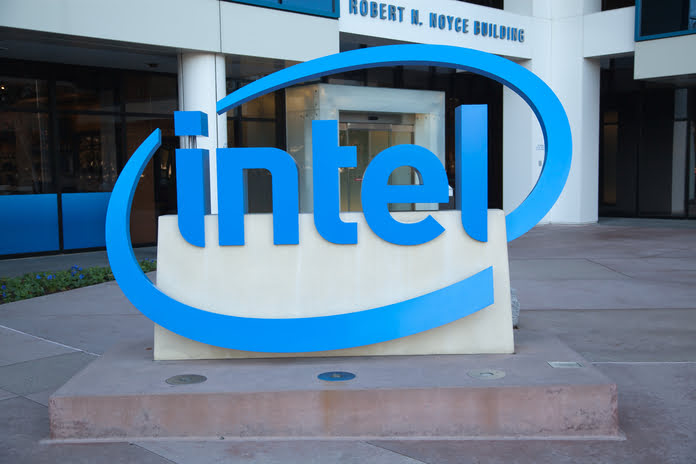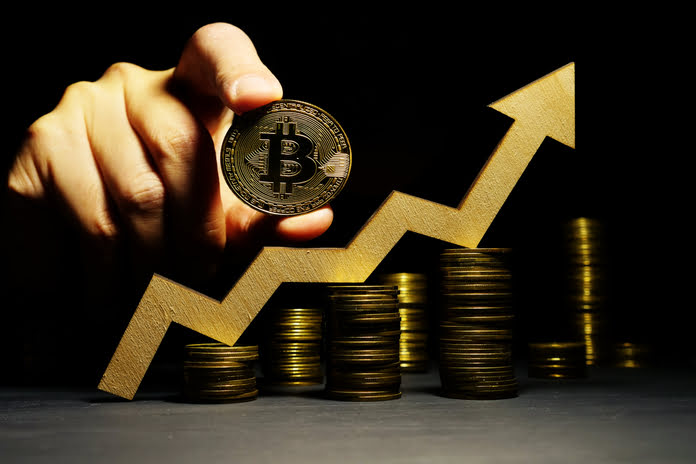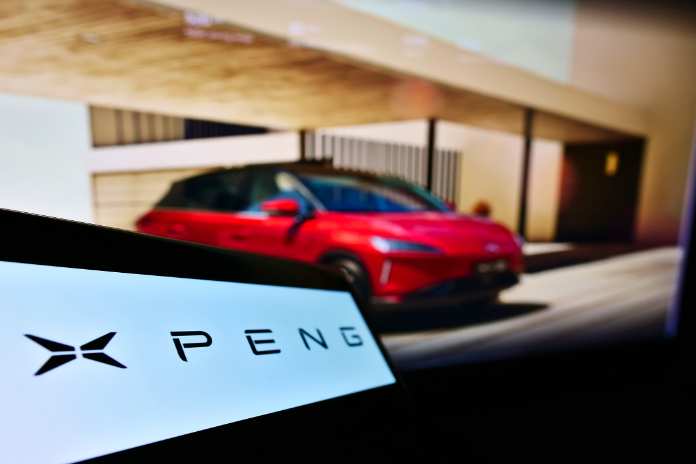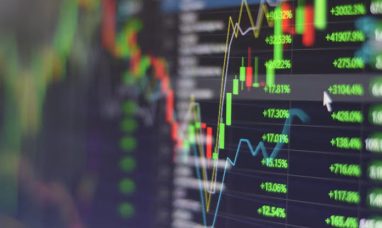The Intel (NYSE:INTC) Q2 Armageddon had several moving components, none of which were very surprising (to some extent, given Intel’s evident sales miss of many billion dollars), and some of which were already mentioned in my recent Intel downgrade. Finally, what struck me the most was the disparity between the current demand climate (embodied in the horrible quarterly results) and the great investments that Intel continued to make. In contrast, a record-breaking 5.3k net new staff (mainly engineers) added during the quarter.
Because the deal thesis for the company hasn’t changed, investors still on the turnaround train are getting an increasingly appealing price point to acquire shares from a market that isn’t concerned with things like reclaiming process leadership. In other words, Intel is still a stock for the long term.
Analysis
Investors were in for a surprise when they received the unfavorable data and forecast because Intel had not pre-announced them, especially given the efforts Intel had gone to in April to reaffirm its full-year expectations. Instead, about $10 billion was shaved from the guidance in one fell swoop, on top of the $4-5 billion that Intel is losing this year owing to the NAND sale. Intel noted that the demand situation had changed dramatically during the quarter, making it impossible for Intel to predict the outcomes.
This prompted others to wonder how Intel would afford its big expansion plan in the future. There are two answers. For starters, less demand equals fewer fabs. This means less investment, and Intel has already cut $4 billion from its 2022 capital forecast. Finally, Intel will only construct as many fabs as are required to meet supply.
As previously stated, the fundamental cause of the shortages was that neither Intel nor TSMC (TSM) had enough spare fab shells – which take years to produce – available to fill with capacity (although equipment vendors have had some supply constraints as well). However, fab shells account for only a small fraction of the total cost of a fully equipped fab. As a result, Intel will continue to produce shells in order to be able to fill those if demand eventually catches up.
Second, with the passage of the CHIPS Act, Intel has become incrementally more optimistic about securing tax benefits and grants for establishing fabs in both the United States and the European Union. At an investor presentation in February, Intel stated that it was planning for a 10% offset but hoped for a 20-30% offset. Intel now expects four times as many offsets as it did in February, while it also does not expect any CHIPS funding in 2022. It was not indicated whether the 4x amount includes offsets from the EU. However, keep in mind that the Germany fab is only two years after the Ohio fabs. According to one Twitter reading, only $1 billion of the $4 billion CAPEX reduction is attributable to few equipment, with the other $3 billion coming from government money. However, my interpretation is that the 4x amount refers to a multi-year span.
Furthermore, investors should remember that Intel is losing almost $4 billion in inorganic revenue due to the NAND transaction. Adding this sector for argument’s sake, the actual high end of the guidance call of more than $72B in revenue, which is roughly what analysts expected Intel to achieve in revenue in 2021 in late 2020; Intel ultimately ended up surpassing analyst estimates by $4B.
Key risk
Regaining technological superiority would not be a compelling investment rationale if Intel did not have excellent potential to commercialize this intellectual property. As Q2 demonstrated, despite years of efforts to diversify its business, Intel’s income remained primarily dependent on the stagnant PC market. Intel has implied that Alder Lake and Raptor Lake will maintain flat market share, at least in the short term. Intel has also reported shipping fewer CPUs than PCs sold (inventory reduction).
While future revenue declines appear improbable, neither foundry, graphics, nor Mobileye robotaxis are large enough to change the needle in the near term. Meanwhile, the sole firm with the scale and growth profile, the data center, is still mired in execution errors caused by previous management.
Nonetheless, given that timetable, the current volatility in the PC market will certainly be gone by then. So, while the current fall in PC TAM is a setback due to the post-COVID-19 hangover and the more recent Ukraine and recession threats, it should have no long-term impact if the three aforementioned businesses deliver on their theses. (In that sense, Mobileye achieved a strong >40% growth quarter, and IFS maintained momentum by adding $1B to the pipeline in one quarter, while graphics remains to be seen.)
Investor Takeaway
Regarding the future, I want to remind people that Intel 4, 3, 20A, and 18A are all on or ahead of plan for the fourth consecutive quarter. Furthermore, in the previous 18 months, Intel has hired nearly as many staff as AMD or Nvidia.
In summary, PC sales decreased faster than TAM due to a one-time inventory correction rather than market share losses. On the other hand, data centers have continued to lose market share, with Intel only expecting to reclaim process leadership in 2025. Although the numbers were somewhat surprising (Intel Needs To Surprise (NASDAQ:INTC)), weak quarters like Q2 may have been expected, albeit not to the level that Intel revealed.
Still, after two years of no additional process node delays and a very competitive, even cutting-edge roadmap in the aftermath of TSMC’s disastrous N2 reveal (which appears to deliver a 1.2x shrink), I remain hopeful about Intel’s future. As long as Intel regains process leadership, there will be no major barriers that cannot be overcome by other means, such as design flaws (Sapphire Rapids CPU) or software concerns (Alchemist GPU). Watch from the sidelines or purchase the dip and get the dividend in the meanwhile (which Intel said it remains committed to).
Featured Image: Megapixl @Dragan56

















